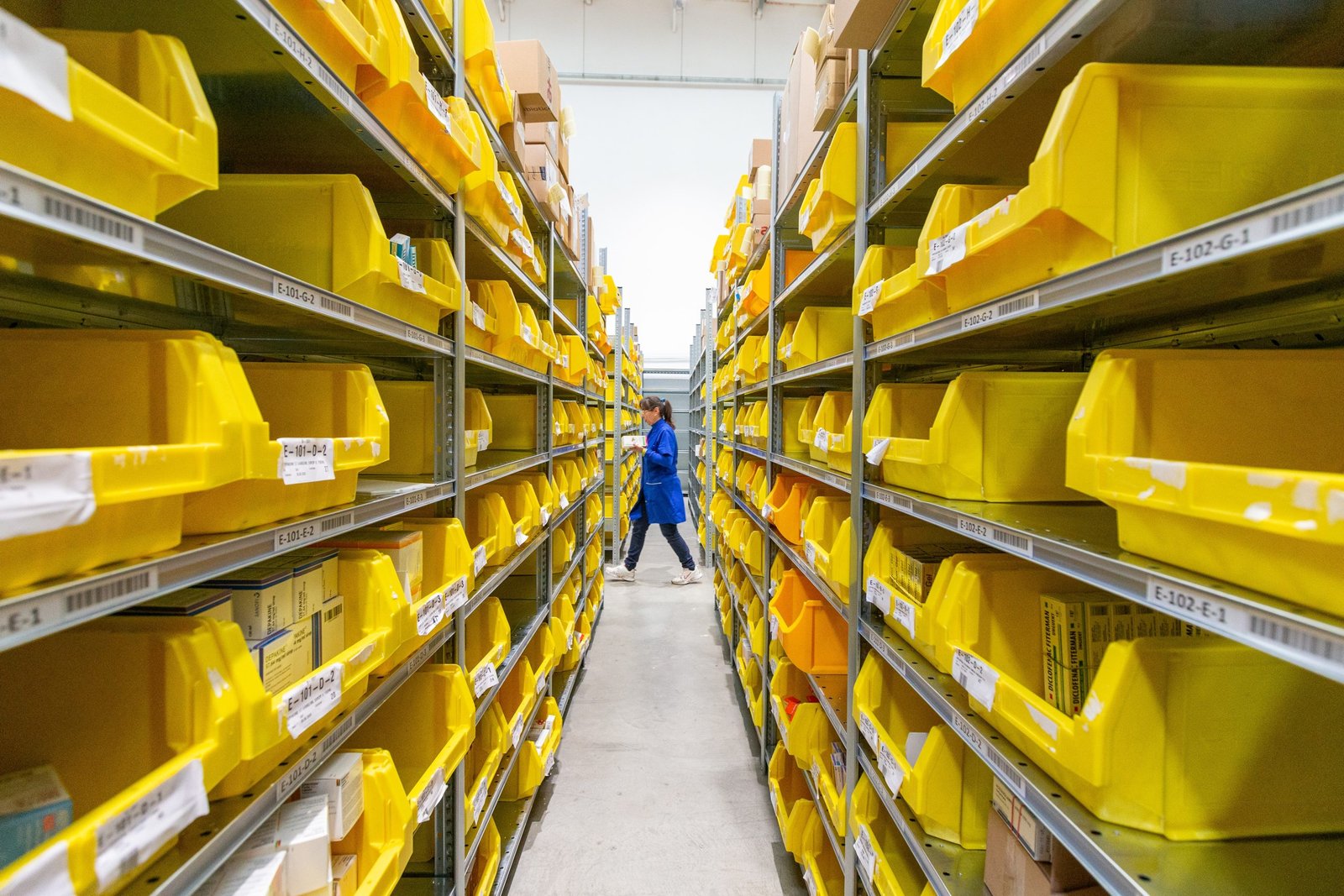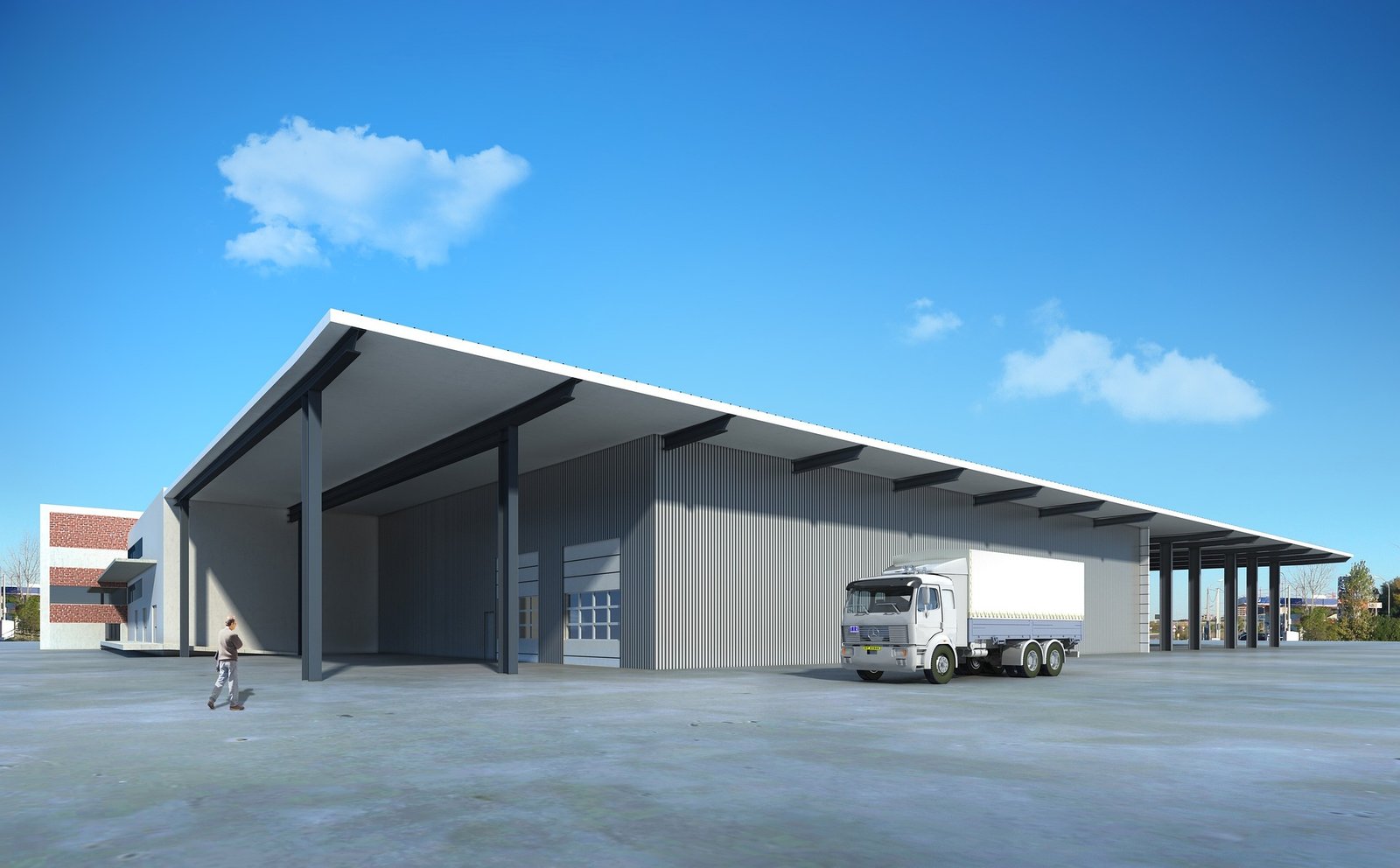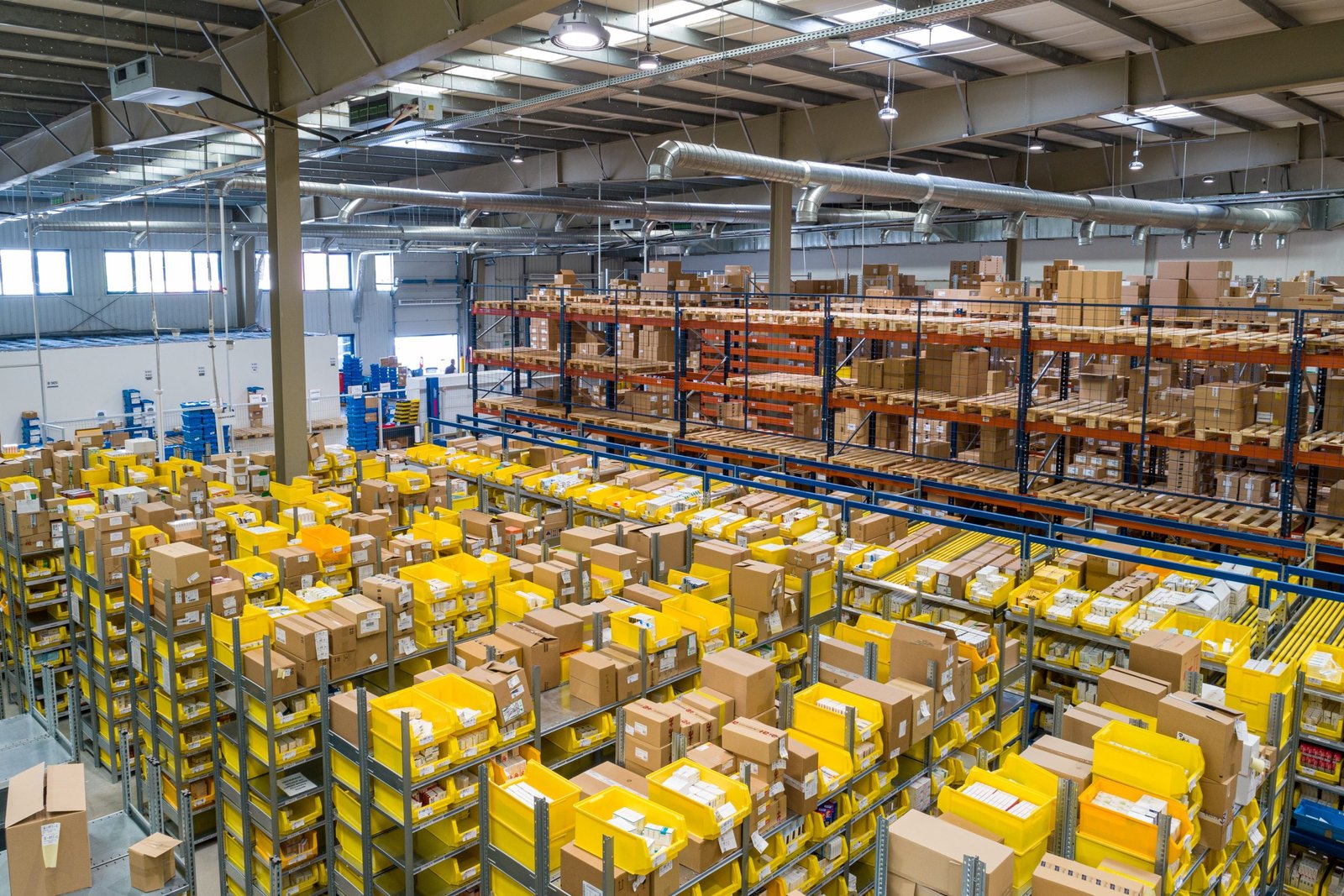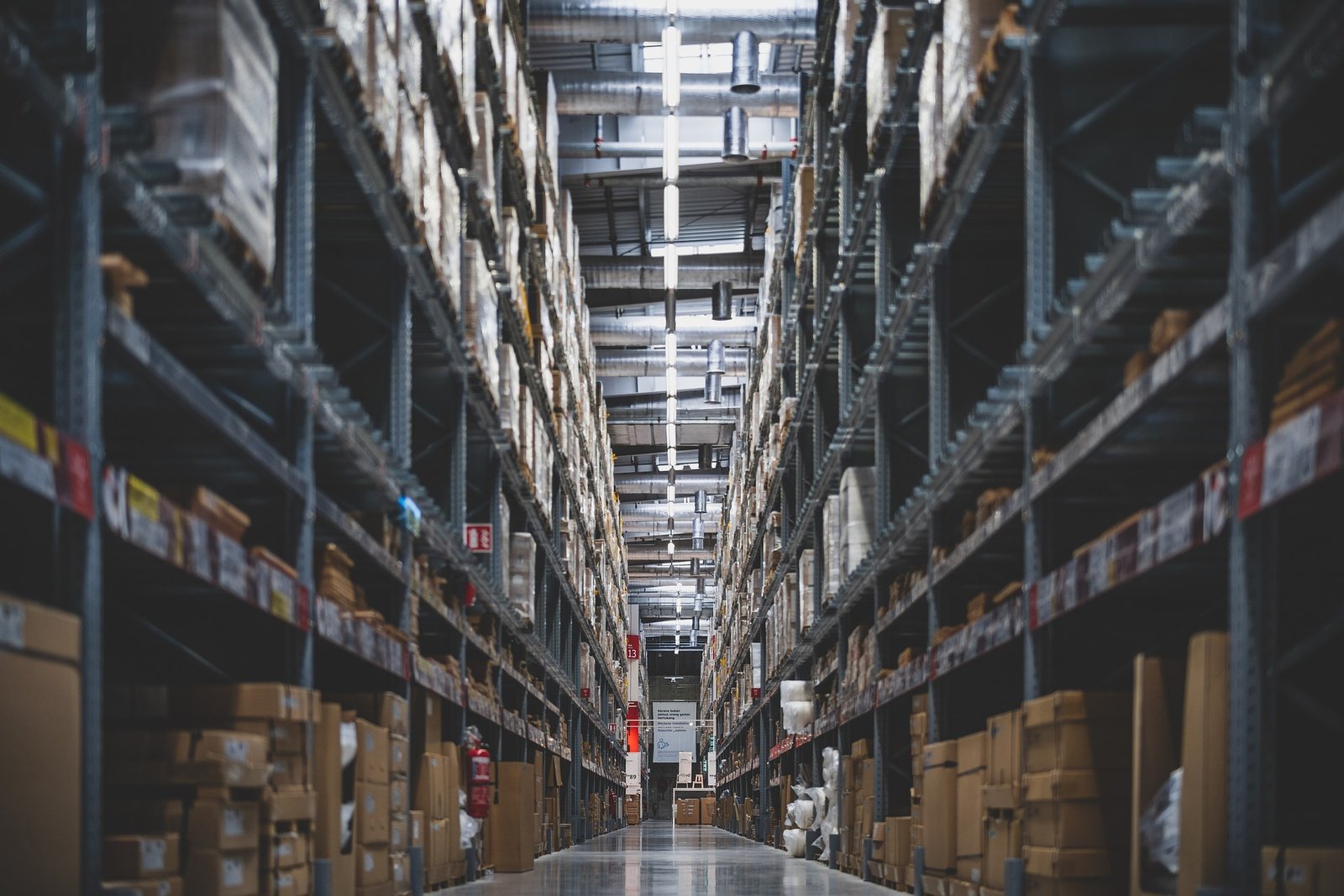
6 Things To Keep In Mind For Better Organization Of Your Warehouse
Getting your warehouse in order not only makes managing inventory easier but also helps streamline operations, improve efficiency, and ensure workplace safety.
This blog post will look at some things to remember when attempting to organize your warehouse better. Whether you’re just starting out or looking for good tips on improving what’s already there, these tips will get you on your way toward a more efficient and organized space.
1. Label Everything
Having proper labels on every item in the warehouse will surely help you determine where it needs to go. Lots of companies have started using metal barcode tags as a way of putting on signage that all warehouse workers will recognize right away. Labeling allows you to manage and easily access the items in your warehouse more efficiently. It helps to identify products quickly, helps you determine where each item should be stored, and maintains the general order of any space.
Labels can also be used for storage racks and shelves so everyone knows exactly where products should be placed for tracking. Taking time to label every shelf, bin, or container can ensure that nothing is misplaced or forgotten when items need to be retrieved or organized at a later date. They are sure to save you time and effort.
2. Create Categories
From specialized categories for high-value products to shelf and aisle designations for frequently accessed items, having a system for categorizing inventory helps everyone in the warehouse quickly locate items and keeps expensive stock from getting lost. Taking stock of how you organize things on your shelves goes a long way toward boosting the efficiency and accuracy of your warehouse team — won’t you be more satisfied knowing that everything runs like clockwork?
Setting up categories correctly makes it easy to keep track of what needs restocking and also ensures that products with similar purposes or qualities can be found quickly and easily. So why wait to start creating categories for optimal workspace organizing? It’s never been simpler — or more satisfying!

3. Invest In Good Equipment
Investing in good equipment is crucial for efficient warehouse organization – it essentially forms the foundation of an effective day-to-day operation. Quality materials handling equipment ensures that your products can get from point A to B without disruptions, delays, or accidental damage. Here are the things you should get:
- forklifts
- pallet jacks
- conveyor systems
- shelving units
- racking systems
- loading dock equipment
- hand trucks and dollies
- scissor lifts
- safety equipment
Analyze the layout of your storage area and make sure adequate space is provided to operate equipment such as a pallet changer or forklift to change to another pallet comfortably. This is essential to prevent overcrowding with insufficient space, as having lots of stock but no ability to move it is no good. Investing in the right materials handling equipment will ensure a safe, organized warehouse environment capable of meeting all demands efficiently.
4. Focus On Traffic Flow
Traffic flow is essential for the overall functionality of any warehouse. Improving it means taking the time to look at how different elements — such as product storage, packaging processes, and employee movement — interact within the warehouse.
Thinking about how these elements interact can help ensure that employees are able to quickly and easily navigate between different sections of the warehouse and that materials can be moved in the most efficient manner possible. Taking a comprehensive approach to traffic flow optimization really is a key component of effective warehouse organization and will ultimately save your organization both time and money.

5. Use Software Solutions
Although it can be challenging to stay organized in a warehouse environment, using the right software solutions can help make things easier. Apps are not only helpful for tracking and managing inventory, but they can also aid in finding room for new product stocks or monitoring reorder points.
Not to mention, with integrated systems you can share information among multiple connected users, making the job of warehouse organization even simpler. Making the best choice for software is critical: doing research beforehand will ensure that you select something suitable for your particular warehouse and business requirements.
6. Train the Staff
Proper staff training will lead to smoother operations and improved efficiency, and it also has the potential to cut down on unnecessary costs. With adequate training, employees can learn how to efficiently organize spaces such as inventory locations and designated walking routes for personnel. In addition, teaching employees about safety protocols are both critical and necessary in warehouses.
Sharpening your staff’s skillset through education equips them with the knowledge they need to create an efficient and organized workspace, leading not just to economic benefits, but also improved morale amongst workers. Accordingly, investing resources into training your staff pays off manifold.

Organizing a warehouse can be an overwhelming task, but it doesn’t have to be. Following the tips outlined in this blog post will put you on your way to developing an optimal warehouse organization system that both meets your needs and provides a safe and productive work environment for your employees. Labeling everything, creating categories, investing in good equipment, focusing on traffic flow, using software solutions, and training the staff are all crucial steps in building a successful warehouse organization system. Make sure to take your time and plan carefully before implementing any changes – you’ll thank yourself later once the process has started running smoothly!








